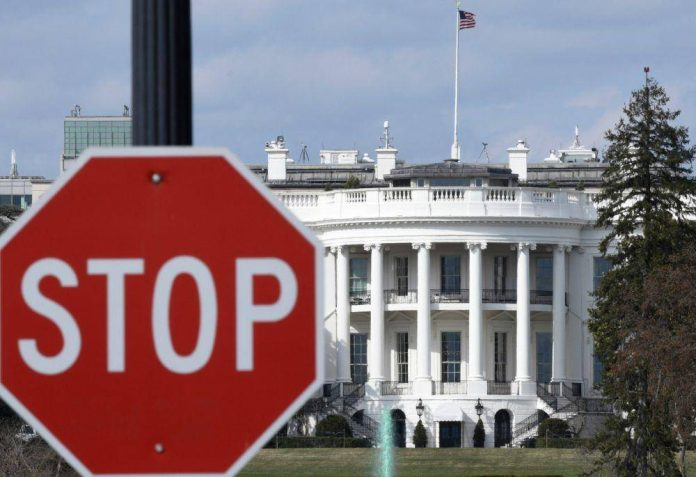Fitch Ratings recently downgraded the United States’ long-term foreign currency issuer default rating from AAA to AA+. They did this because they expect the country’s financial situation to worsen in the next three years, and they see issues with governance and growing debt.
Fitch had already warned about this in May when there was a fight in Washington over the debt ceiling, but it was eventually resolved after weeks of negotiations. Now, they are concerned about the increasing debt burden in the US. They predict that the government deficit will rise to 6.3 percent of the country’s economy (GDP) by 2023, up from 3.7 percent in 2022. This is due to lower federal revenues, new spending plans, and higher interest costs.
Another factor affecting the rating is the “Capitol Hill incident” in January 2021, which Fitch says shows the instability of the US government.
Fitch is one of three rating agencies that the global market closely watches. Moody’s is keeping its AAA rating for the US, while S&P downgraded it to AA+ in 2011 during a debt-ceiling issue. Lower credit ratings can lead to higher borrowing costs for a country.
The US Treasury Secretary, Janet Yellen, criticized Fitch’s decision, calling it arbitrary and based on old data. She pointed out that Fitch’s ratings model had already changed between 2018 and 2020. However, the report suggests that lower credit ratings may increase borrowing costs for the US in the debt market.


